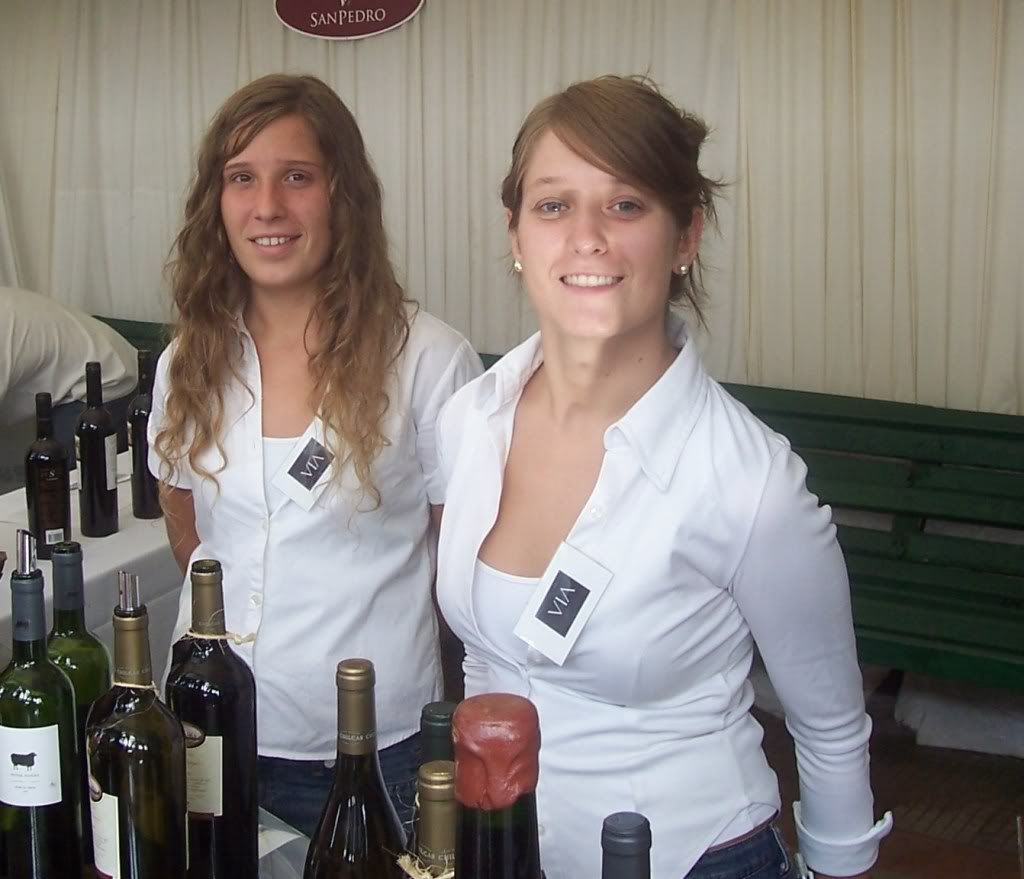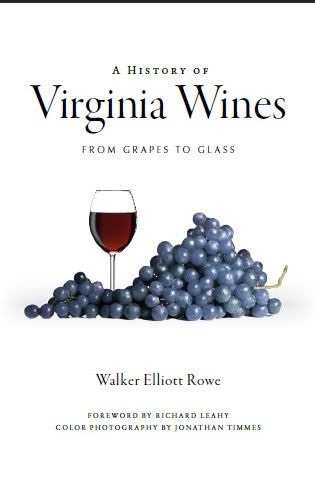What's the difference? If you know something about me you know I have written three wine books including a memoir and travelogue of my time spent working at a 5 million case winery in Chile in 2005. There we bottled wine for export at prices as low as $1 per liter FOB Chile. My coworkers in the winery earned 89 cents per hour while I, the visiting journalist, worked for free. The girls in the laboratory earned slightly more money while the English speak public relations person $12,000 per year. No California nor Australia winery can compete with Chile with regards to the cost of labor. Regarding the cost of farm land in Chile it is as expensive as the USA--except of course nothing is priced like Napa or Bordeaux. So in summary we can say that Chilean wines are less expensive to produce than California ones by labor costs alone.
But back to my main point on the subject of cost. White wines are simpler to make. Simply put you just crush the grapes and put them into a large tank. Red wines by tradition usually include the flavor of oak. An oak wine barrel is used to put some slight oak flavor in the wine--it tastes like caramel or vanilla---while exposing the red wine to some small amount of oxygen to soften its flavor by breaking down the tannins. (White wines are rarely exposed to oxygen except for chardonnay made in the Burgundy style. But most white wines are not chardonnay, at least not any more. To expose a white wine to air risks turning its color brown.)
The size of a wine barrel is 225 liters based upon emperical evidence of which volume to surface area imparts the optimal amount of oak to a wine. If the barrel is too big the wine will have hardly any oak flavor at all. If the barrel too small the wine will taste more like oak than wine--certainly you have experienced so-called "over oaked wines" that taste sickeningly of vanilla or caramel.
Oak wine barrels are expensive at something like $800 USD for French oak and somewhat less for barrels made from oak grown in the USA, Hungary or elsewhere. But in a large winery-- like, take for example Charles Swan, Yellow Tail, Turning Leaf, or any of the other mega operations--it is not economically feasibly to take several hundred thousand liters of wine and transfer it to small barrels. Barrels must be handled one at a time. The require cleaning and need to be topped up on occasion because as the wine evaporates the wine shrinks in volume letting more air into the top. As the solids in the wine settle to the bottle the wine must be transfered again to other barrels to clarify the wine. Finally barrels only last three or four years. All of this drives up the cost.
At VIA Wines in Chile, where I worked in 2005, we did like other enterprising capitalists whose wine drinkers want their wine to taste of oak. We brought the oak to the wine instead of the other way around. Men dressed in blue uniforms climbed inside the 50,000 liter wine tanks and erected oak staves to which the wine was then added. Of course this did nothing to soften the wine by exposing it to slight amounts of oxygen as is the case with the porous oak barrell because the stainless steel tank is airtight. But it did give the wine a flavor of oak which is what the wine buyers presumably want and the wine critics say must be the case.
Now turn our attention to the white grape. In Chile most of what we processed was tank fermented chardonnay and sauvignon blanc. Chardonnay can of course be fermented and aged in a barrel as they do in Burgundy where the lees, which are the dead yeast cells left over after fermentation, are stirred in the barrel to slow oxidation and soften the wine. Viognier in Virginia is sometimes made this way. But sauvignon blanc is not supposed to be soft. It's supposed to be sharp. So when the yeast had settled to the bottom of the tank the wine was racked off its lees, filtered, and then put into bottles. Voilà! Done. There was no expensive oak barrel, no legions of men climbing over a mountain of oak barrels, and none of the expense of doing so.
The point being that white wines can cost loss in the vast majority of cases because they cost less to produce. But the difference in price is also apparent in the vineyard where wine grapes ripen earlier than red ones and sometimes red grapes do not ripen at all.
In rainy parts of the world like Virginia where I live it is sometimes a struggle to get red wine grapes to ripen properly. When people talk of Bordeaux vintages and which is best they invariably mean in which year did it rain least and was there the most heat. In California and Chile the weather is pretty much the same year after year--it rains in the winter and is dry during the summer with some slight swings in the average temperature whose stability is due to the proximity of the frigid Pacific Ocean. But in Virginia we have hurricanes and variations in the weather that are quite large. This year might be the best on record with harvest coming in 6 weeks early due to an early start in the spring, above average heat in the summer, and with almost no rain. Rain does two things to the ripening grape. When the vine is drought stressed it draws up water after a soaking rain thus making the sugar level in the grape fall relative to the amount of water therein thus pushing back the harvest date by days or a week. Also in the waning days of September and October rain makes worse those mildews and rots which attack the leaves and fruit. At this time of the year you cannot spray fungicides on your grapes because the government which regulates such items says to do so would endanger the health. So the farmer hangs on worrying about the weather and giving up altogether when the frost arrives early and the whole crop must be picked ripe or not.
Contrast that with white grapes. In Champagne, which of course is at one extreme, white chardonnay grapes are picked before they are even ripe because you don't want a white grape to make champagne because the bubbles will heighten the flavor making less than a subtle product and champagne must be subtle by definition. But the pinot noir and the chardonnay growing there by themselves ripen much earlier than their cabernet suavignon cousins. And since you throw away the grape skins and the seeds with white grapes you don't care about those getting ripe either. Yes skins seeds can be considered to be "ripe" or not. If a grape seed it ripe it is brown and brittle if it is not ripe and roughly handled the green little pieces of seed will make the wine bitter as well. A ripe skin is one that will not be bitter plus also have the proper color. In Chile I was taught that when you chew a ripe skin and spit it on the ground it will land with a splat making a perfect circle of purple. If the circle is not the correct shade of purple the grape is not ready.
So back to the price. I often buy this white wine of which you have surely heard, the "Barefoot" label whose sauvignon blanc and pinot grigio are quite good at $5 per bottle. Of course it won't have the grassy complexity of the best cool climate New Zealand $12-$25 offering. But its still quit good with sharp crispness, banana and apple flavors which is what one would expect from a sauvignon blanc and pinot grigio respectively.
But a $5 red is scarcely going to be worth it at that price. It will often taste like a doctored wine were oak was added in chips or in staves, tannins, and acid poured in by the bad to try to give a weak wine some structure. But at $2 more for $7 or $8 USD you can buy a Chilean red wine which was barrel aged. Making wine is often a money losing business anyway but at that price to have made a wine using oak barrels certainly the California grower would have lost any possible profit so its likely to have been made in a tank with all the shortcuts that entails.
Continue Reading...







